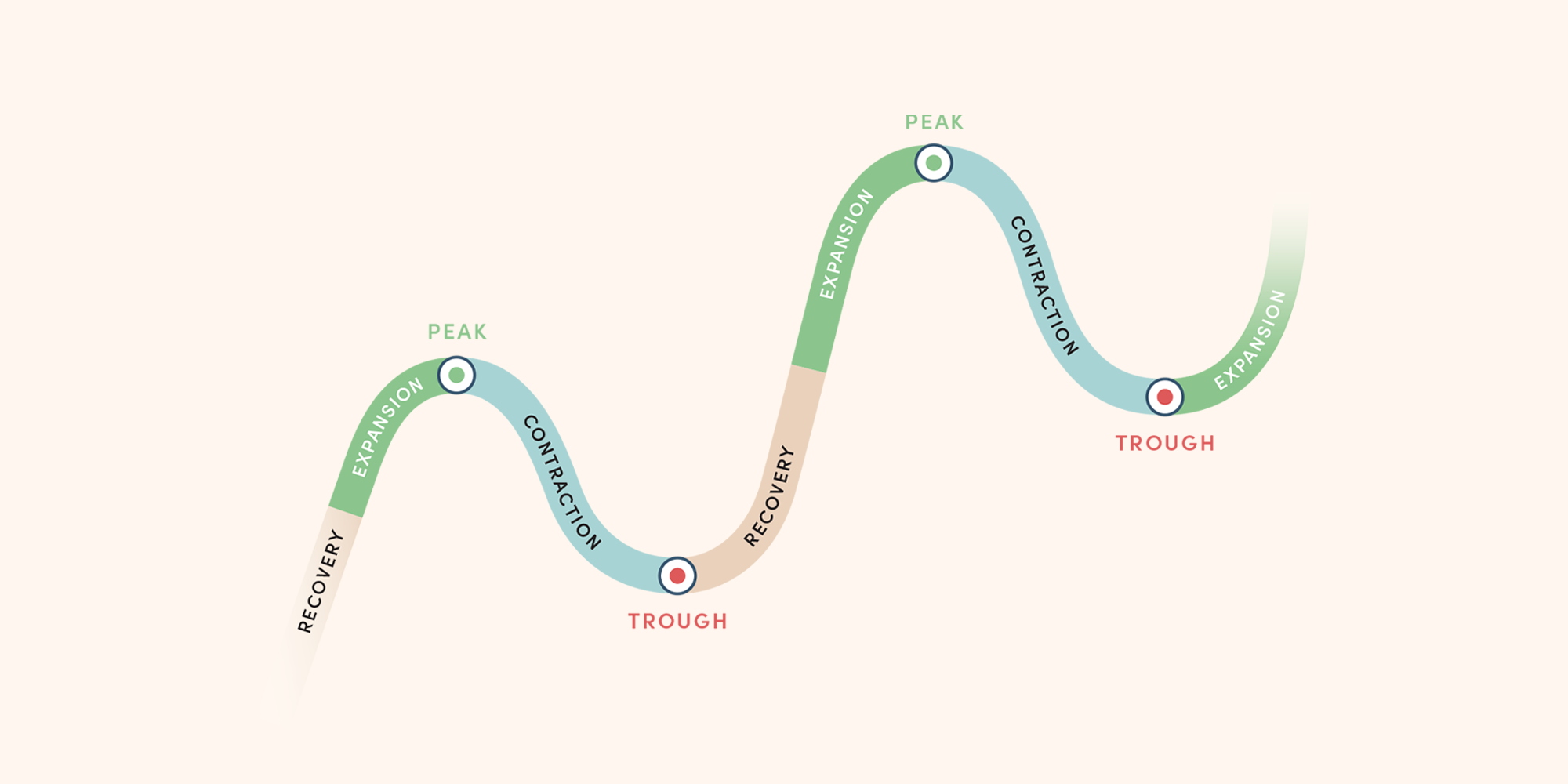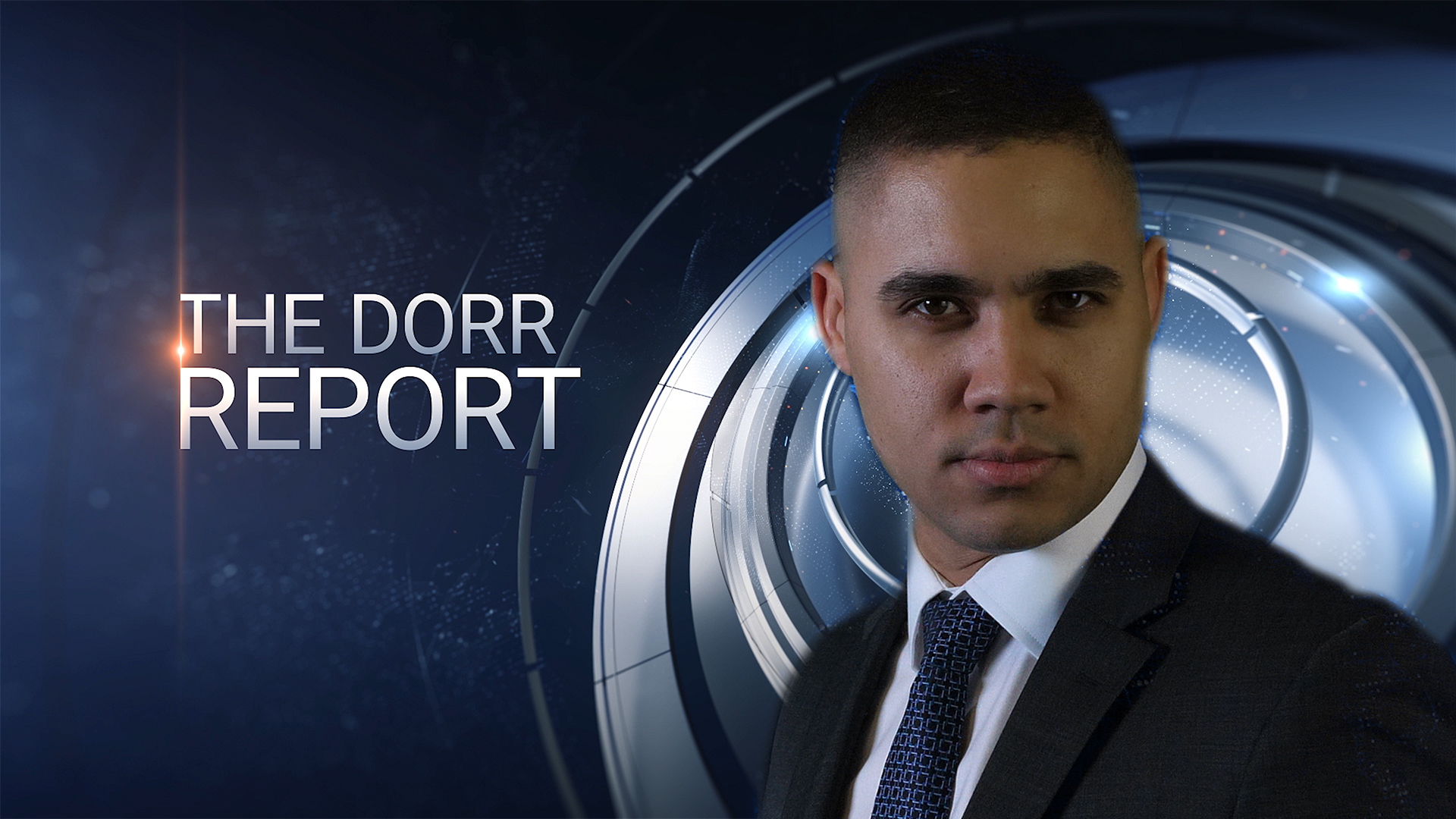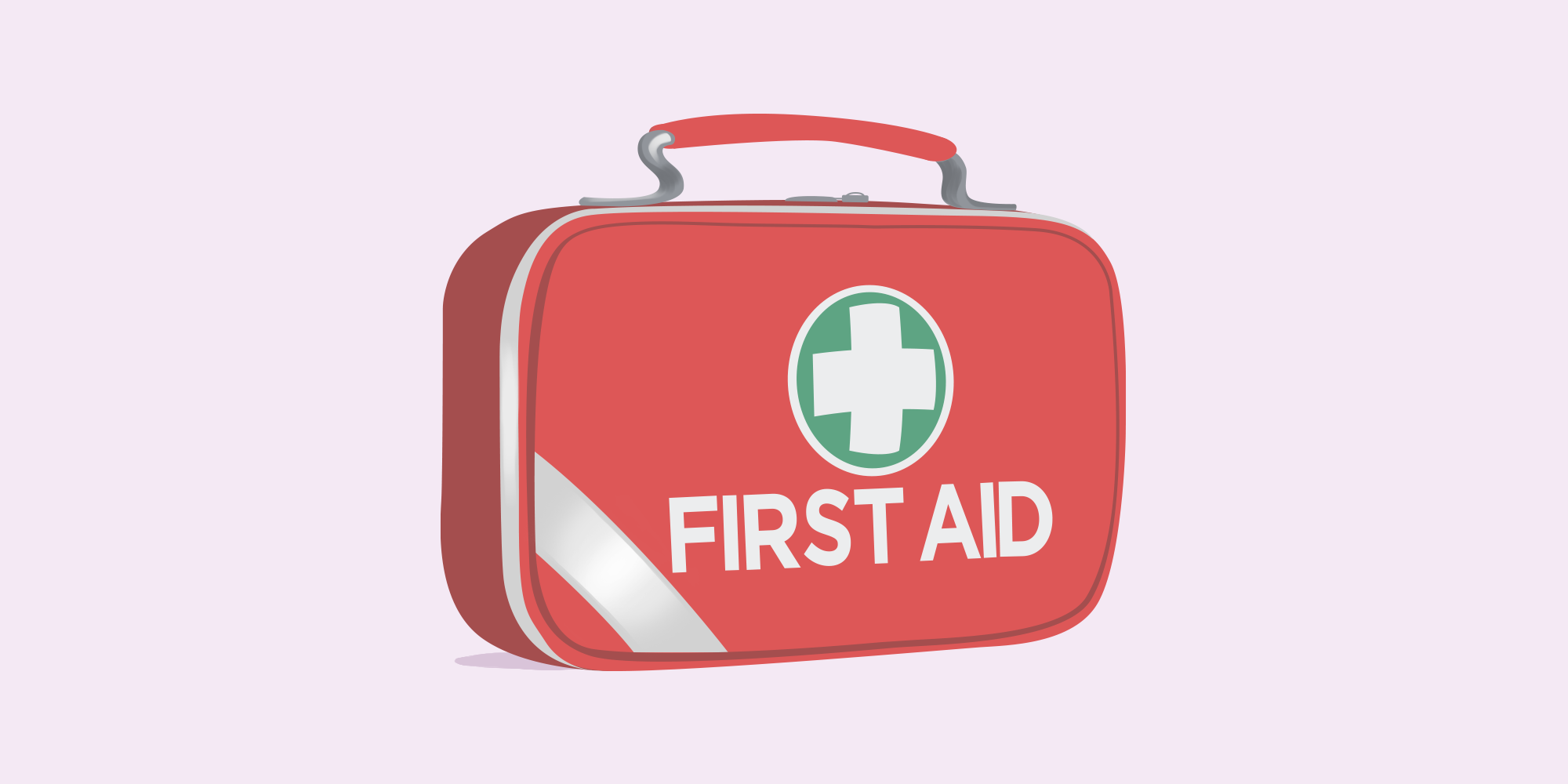The business cycle is the ebb and flow of economic activity, which is denoted by four distinct stages: expansion, peak, contraction, and trough. The timing, duration and intensity of each stage varies.
Economic growth is the sum of all activities that produce, trade, and consume goods and services within a nation, by its businesses, employees, and consumers.
GDP is the most common measure of economic growth. GDP equals spending by consumers, businesses, and the government in a given period plus net exports or less net imports.
GDP = consumer spending + business investment + government spending + (exports – imports)
Governments and central banks try to manage business cycles by spending, raising or lowering taxes, and adjusting interest rates.
Expansion
Expansion is a period of economic growth characterized by increasing GDP and low unemployment.
Businesses are profitable, consumers have money they’re willing and able to spend, and the stock market is likely going up.
The expansion phase can last for years.
A possible sign that expansion is coming to an end is when the economy grows too fast or “overheats” with an unemployment rate below the full or natural rate, and inflation on the rise.
Peak
The peak of the business cycle occurs when expansionary indicators plateau and a contraction commences.
The transition to a contraction phase can take a few weeks or up to a year.
GDP growth dips below 2% and continues to decline.
The peak is the highest part of the business cycle curve and the inflection point when the graph and the economy begin moving downward.
The peak marks the end of an expansion and the beginning of the contraction stage.
Contraction
The contraction stage begins after the economy peaks and ends when GDP and other indicators turn upwards again.
During this stage, the economy experiences negative growth or shrinkage. And when GDP growth turns negative, the economy is in a technical recession.
Businesses lay off employees, unemployment rises and prices begin to decline.
A contraction follows the peak of the cycle and is shown by the portion of the business cycle curve that is downward sloping.
Trough
The trough is the weakest part of the business cycle.
Ahead of a trough the pace of negative GDP growth abates.
This stage marks the transition from contraction to expansion, when GDP growth becomes positive again.
The business cycle starts over again when GDP begins to increase, and the curve moves upward.
A trough is the lowest part of the business cycle curve and the inflection point when the graph and the economy begin moving upward.
Governments try to manage business cycles by spending, raising or lowering taxes, and adjusting interest rates. Business cycles can affect individuals in a number of ways, from job searches to investing.





